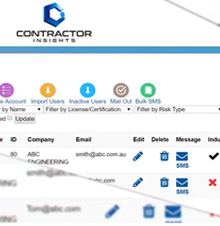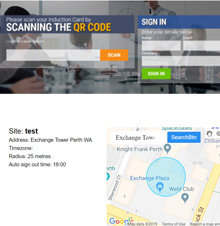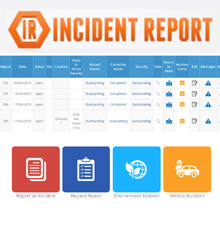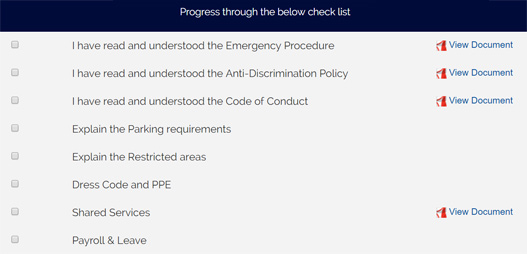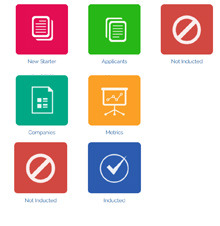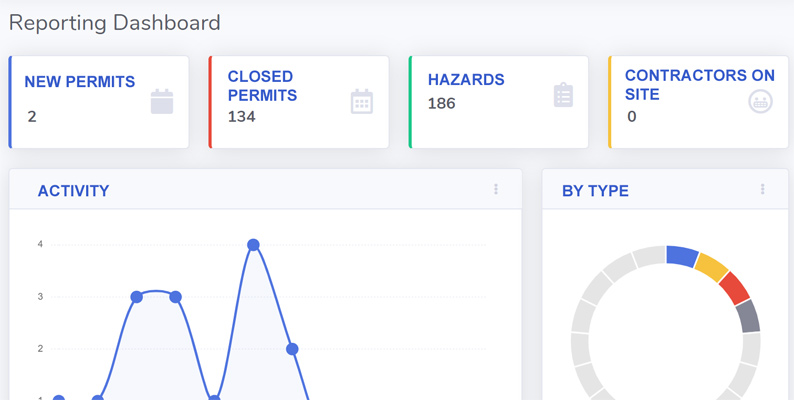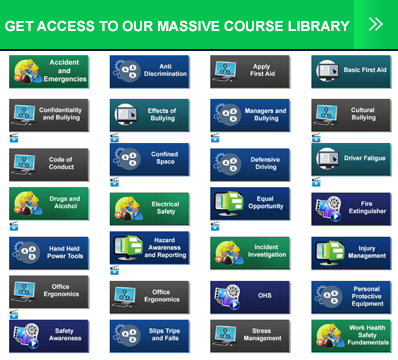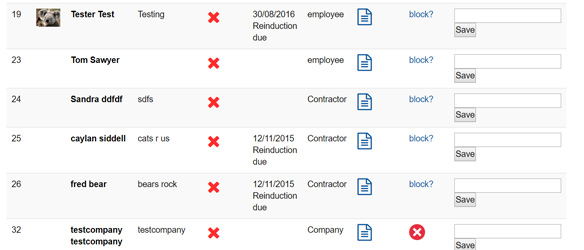New Vendor Checklist
Online Induction >> Induction Checklist >> New Vendor ChecklistPublished 08/09/2025
A new vendor checklist is a framework for scanning new vendors who want to join your supply chain. Choosing the right vendor is not an easy-to-do task, and a series of processes must be followed while determining some factors. Weighing the right new vendor will determine the quality of products/services, the value for money, and reliability. A new vendor checklist contains questions and a scoresheet that is marked depending on the vendor's score.
This check list might form part of your wider contractor prequalification process or supplier onboarding where you evaluate the performance, risk and safety history of a vendor through a prequalification process to ensure they should be and remain an approved and preferred vendor.
By using a New Vendor Checklist, businesses can streamline their vendor onboarding procedures, minimize errors, and ensure compliance with company policies and industry regulations. From gathering necessary documentation to conducting due diligence and negotiating terms, a New Vendor Checklist serves as a roadmap for successfully integrating new vendors into the supply chain.
What to check off when onboarding a new vendor
 By establishing clear guidelines and requirements for new vendors, businesses can maintain consistency and accountability in their procurement operations. Additionally, a New Vendor Checklist helps mitigate potential risks associated with working with new suppliers by systematically evaluating their qualifications, performance history, financial stability, and adherence to applicable laws and regulations. As such, businesses can leverage the New Vendor Checklist to make informed decisions about engaging with new vendors while mitigating potential risks.
By establishing clear guidelines and requirements for new vendors, businesses can maintain consistency and accountability in their procurement operations. Additionally, a New Vendor Checklist helps mitigate potential risks associated with working with new suppliers by systematically evaluating their qualifications, performance history, financial stability, and adherence to applicable laws and regulations. As such, businesses can leverage the New Vendor Checklist to make informed decisions about engaging with new vendors while mitigating potential risks.
Onboarding a new vendor is determined by several factors which must be met before entering into a contract.
- Vendor Company
Before deciding on which new vendor to rest on, it is advisable to determine the location of the main branch, the offices, evaluate the number of workers the vendor has, request for the vendor's history, the number of years the vendor has been operating, check the vendor's existing customers, check the vendor's strategic plan and the partners. The information will help in determining the vendor's vision, mission and goal.
- Services
Request for specific information on the goods and services the vendor is dealing with and the price tag. Request information about after-sale services, free training on operating specialized machines, maintenance, and customer support to measure the quality of their services.
- Number of clients
If the vendor has a vast number of clients, it means quality and affordable services. Request a list of clients the vendor is serving and check whether there are some of your customers. Customer sharing means a long-lasting relationship, and you will start planning for the long run.
- Communication
The new vendor should conform to your existing communication channels. If not comfortable with the channel, move to the next option. Since the vendor will be communicating directly to storekeepers, purchasing managers, and accountants, a common channel should be created for transparency.
- Culture
Evaluate whether you share common cultural practices with the vendor. It will boost work ethics between your employees and the vendor's workforce.
- Financial stability
As an organization, you do not kick about the bush to get any vendor. Evaluate the vendor's financial statements and determine the eligibility of the entity. When the vendor provides the statements, go through the profit and loss statements, current assets, opening, and closing balance. The information will aid in determining the vendor's finance and creditworthiness.
- Operation duration
As an organization that requires a new vendor, opt for a vendor who has been in the market for the longest time. Experience and competence are measured by the time you have been dealing with clients. Evaluate the time using past evidence from clients, dates from the financial statements, and date of issuance of the operating license.
Top five things to include
1. EvaluationThe organization evaluates the new vendor's risk assessment, supply record, long-term goals, credit history and eligibility, compliance to legal requirements, and governance.
2. Requirements
Both parties have requirements that need to be met for them to read from the same page. The requirements include; a smooth flow of communication, mode of payment, government laws and regulations compliance, stable financial status, and future-oriented.
3. Cash and finance
The new vendor should meet the required financial minimum rate to assure a constant supply of goods. Finance will include tangible and intangible assets, while cash will consist of the available money within the vendor's premises.
4. Approval
If the organization is satisfied with the quality of goods, pricing, delivery, mode of payment, communication channels, training, and maintenance, both parties sign an agreement.
5. Vendor information
The checklist should contain the vendor's name, address, phone number, website, email, license, location, and credit card information. After gathering this information, share it with the organization staff for transparency.
Deciding on which vendor to operate with is difficult, and organizations should take it as seriously as any other activity. Evaluating new vendors needs attention because some vendors may assume the process and lie by providing other vendors' documents. When considering new vendors, never be in a hurry because you will end up in a mess.
Setup a checklist using our New Vendor Checklist builder
Create Custom New Vendor Workflows
A new vendor journey might differ organisation to organisation, industry to industry and even site to site. It's important that you can create different new vendor workflows are that bespoke to the nature of work, risk, environment, site and workplace so that you can ensure they are engaged and prepared in a relevant and specific way as needed for your unique requirements (which might also change!). Example workflows might include how a new vendor is prescreened and prequalified, the notifications and prompts relating to that, the way they are inducted, the permits they need based on their nature of work and how they engage and have their staff sign in and out on site.A New Vendor Checklist facilitates communication and collaboration between various departments involved in the vendor onboarding process. By outlining specific tasks and responsibilities for each stakeholder - such as procurement teams, legal departments, finance personnel, and operational staff - the checklist ensures that all relevant parties are aligned in executing the onboarding process seamlessly. This collaborative approach not only enhances efficiency but also promotes transparency and accountability throughout the vendor engagement lifecycle.




